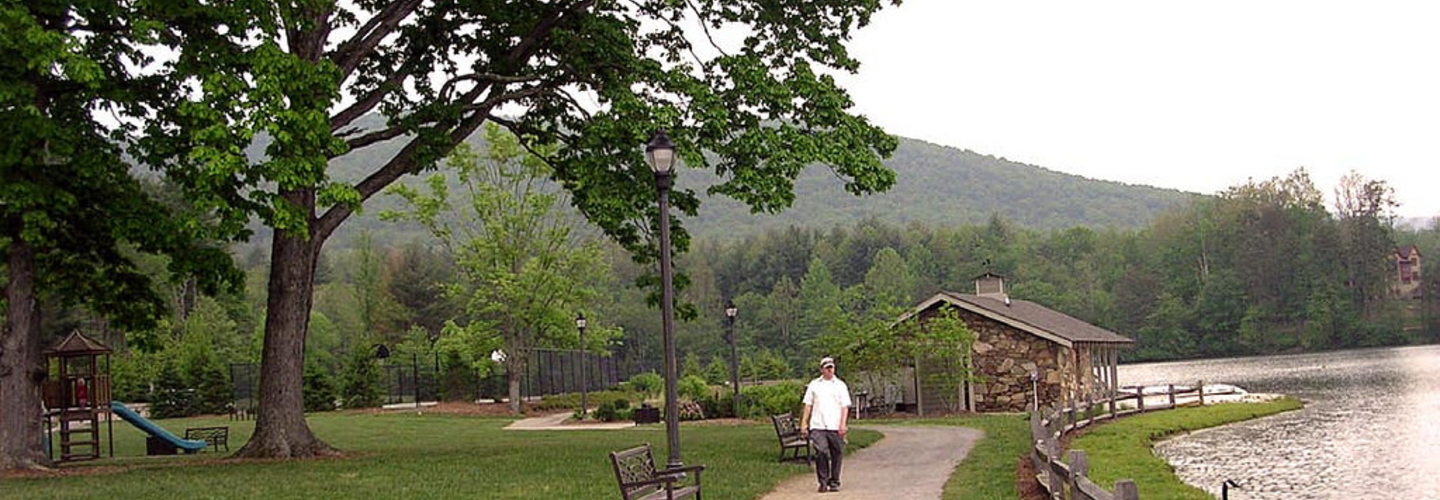Urban Land Planning: Preserving & Enhancing Public Spaces

For local government administrators and city planners, it is perhaps their greatest challenge and, ultimately, how they are judged: striking the right balance between encouraging the kind of smart development that grows the tax base, and preserving the innate characteristics that made their community attractive to development in the first place.
WORKING ON A PROJECT? WE'D LOVE TO HELP.
For example, while a single-family residential development along a public riverfront could provide a significant infusion of tax dollars, such a project would also impact everyone else’s access and view of the riverfront, an inherent, natural community asset. Getting the balance right is difficult, and ultimately hinges as much on political and social considerations as economic and environmental ones.
Those answers are going to be different for every community, but Fusco Land Planning starts with a couple of principles that we use to guide our approach to long-range growth and development planning in urban settings.
- Public spaces should be a key part of your master plan. Of course, you first need to have a master plan (more on that in a future blog). Your master plan should identify long-term needs and goals, including areas that, should they become available, should be acquired or dealt with in a different way than they have been (perhaps through a zoning change). For example, a creek may have been piped and built upon decades ago and you have identified it and its floodplain as a potential daylighting and greenway project. Completing such a project could take years or even a decade or more, but one of the first steps is to identify the property that will need to be acquired.
- Preserving and enhancing public spaces is good for the environment and for the economy. Those two imperatives are not mutually exclusive. The days when wet, flood-prone natural areas were not valued because they were not developable are over. There is a wide recognition that preserving these areas and promoting access to them with trails and greenways provides an enormous recreational and educational value for citizens. This, in turn, makes a community a more desirable place to live and operate a business.
- Stormwater management is becoming a bigger and bigger concern for cities and towns with every passing year. Planned correctly, public spaces can play a big part in helping improve stormwater management, and ultimately water quality, in your community. While older greenways might just have a pipe under the greenway that empties into a river or stream, the standards today are higher. At Fusco, we consider total inputs into the overall system, and we try to design public spaces and natural areas that will keep water on dry ground longer, therefore more slowly introducing water back into the natural system. By slowing stormwater down, it is naturally filtered and is much cleaner when it reaches larger sources such as rivers and streams.
- Public spaces, parks, greenways and blueways create a scale that attracts people. These types of areas and amenities are pedestrian-oriented, rather than vehicle-oriented. They are more conducive to all kinds of activities and even just resting and relaxing. If people walk into a space and feel good, they don’t necessarily have to know why. But if they feel comfortable, there is a pretty good chance that someone like a landscape architect planned that space and that experience. And there is an even better chance that they will want to come back.
Many other factors come into play when considering the role public spaces will play in the future of your community. Above all, it is important to have the conversation. Cities and towns that do are taking the first steps toward striking the kind of balance that people increasingly are coming to expect of urban environments.
© 2025 Fusco Land Planning & Design, PLLC. All Rights Reserved | Site by ALINE, A Marketing Company


